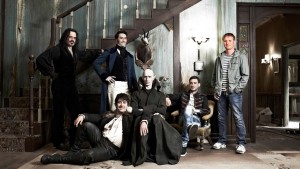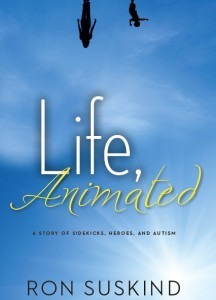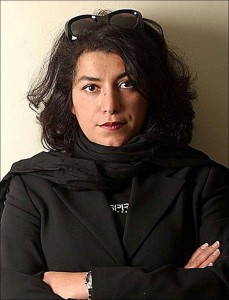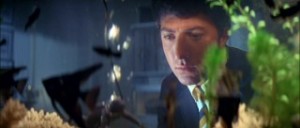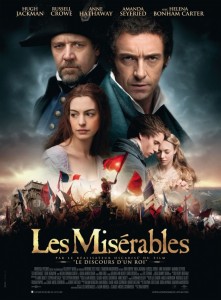Recently, we’ve been watching quite a few documentaries (and I think that we are continuing to watch documentaries for the rest of the semester), but I wanted to call to attention a film form that is not often used, but can still be incredibly brilliant: the mockumentary. Mockumentaries are films that follow fictional events and characters, but are stylized to parody documentary films (with interviews, b-roll, etc), and even though they are fairly uncommon, it is developing film form that could become extremely popular in the future.
This past weekend, a few friends and I watched What We Do in the Shadows, a 2014 mockumentary that follows a house of vampires trying to fit into the modern world. It was a hilarious film, and I don’t want to give away too much about the plot, but it was funny comparing this film to some of the documentaries that we have seen in class (WARNING: If you do plan on watching it, be warned that some scenes can be pretty graphic. These aren’t Twilight vampires). Because this was meant to be a parody, the creators had a little more fun with the gags and took the film’s subject a bit less seriously, but there were still interesting questions raised, like how involved should the filmmakers be in the “plot” of a documentary. In this film, the camera crew is often directly addressed by the characters, to the point where they become characters in the film themselves (they even run away from the werewolves like the vampires do). Obviously, they’re fictional characters, so they don’t exactly follow the same rules as people do in the real world, but at the same time, if the focus of the film is on particular subjects, should the filmmakers be included? Which is more realistic?
Because of their humorous nature, I feel like mockumentaries have greater capabilities than documentaries do in a sense. They aren’t bound to the “truth” like documentaries are, but they are still capable of tackling real world issues or problems, but addressing them in a creative, indirect way. Even though What We Do in the Shadows doesn’t take itself too seriously, it still addresses issues of isolation, guilt, lost love, and escaping your past. A documentary can do the same thing, yes, but with a fictional plot, sometimes its easier to discuss controversial topics.

